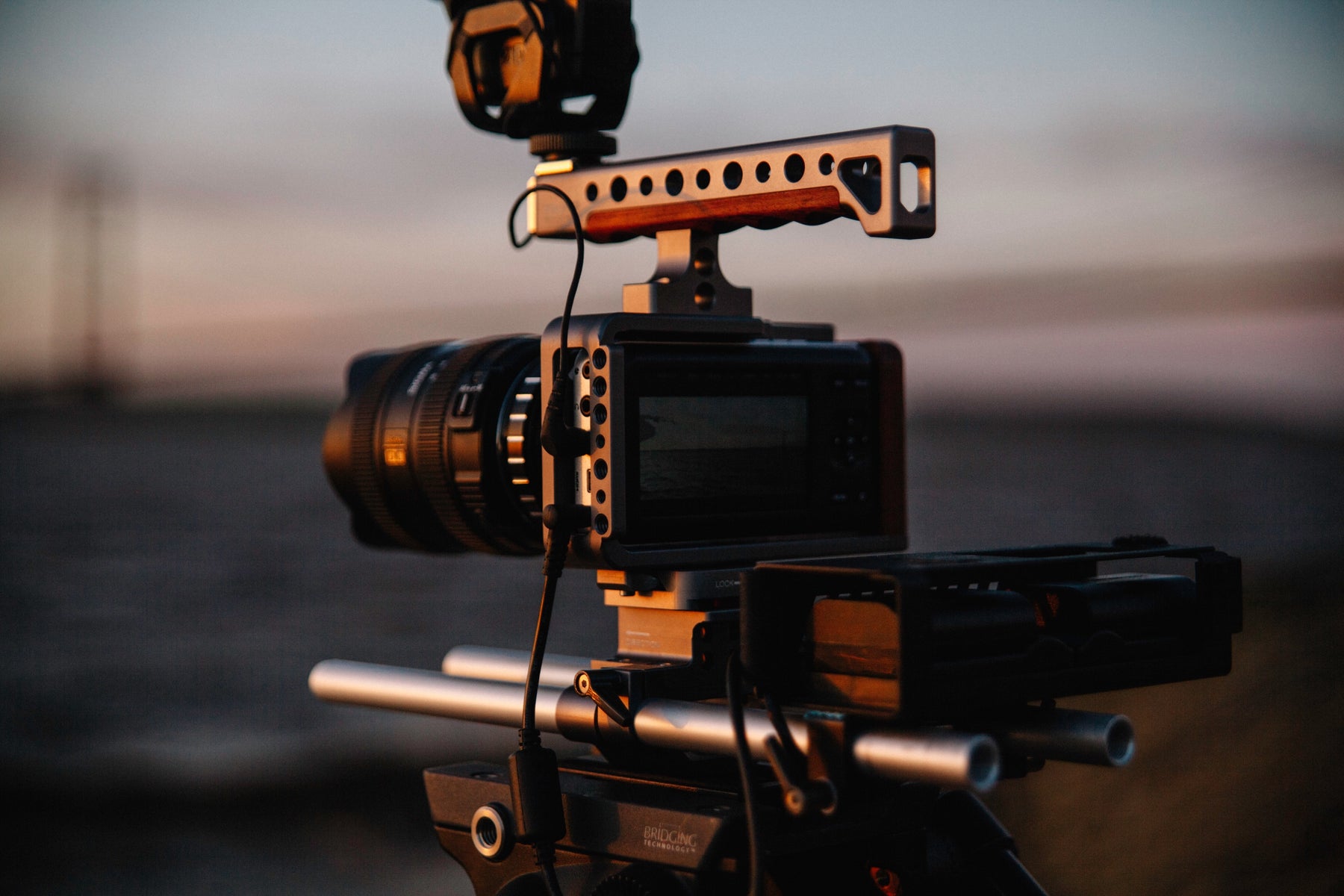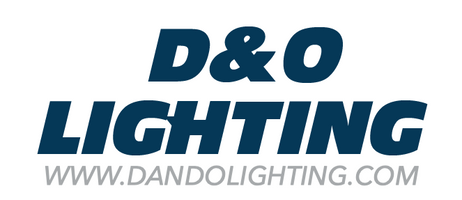
The Dolly Shot: Everything You Need to Know
The Dolly Shot is one of the most powerful tools in a cinematographer's arsenal, and a very important element if you’re using film to tell a story. It’s a very common technique amongst filmmakers, and one you’ve likely seen used in your favorite movie. Setting up a dolly shot can be quite the technical challenge, and on top of that, perfecting the take to convey your message can take a lot of practice and experience.
What is a Dolly Shot?
A dolly shot is a certain type of tracking shot where the camera is mounted on a wheeled cart (a dolly), which is in turn set on tracks. The camera moves along smoothly on the dolly to create a steady and controlled shot. Other movements can be used in combination with the dolly to better convey your theme or message. Any clip shot with a camera dolly could be considered a tracking shot, however, following a single subject or actor isn’t the only thing a dolly is used for. In many dolly shots, visible rail tracks need to be removed post-production, so remember this element when setting up.

Different Types of Dolly Shots
When using a camera dolly, you can also utilize other camera movements to accentuate your themes, creating some very compelling effects. Different types of dolly shots have been used very successfully in cinema to draw the audience’s attention and make them feel a certain way, it’s much more complicated than a simple tracking shot. Here are a few examples of some dolly shot types you can try out:
1. Standard Dolly (Dolly In and Dolly Out): Moving the camera smoothly towards or away from your subject (dolly in or out) is what is commonly referred to as a standard dolly shot. There is little secondary camera movement when doing a standard dolly shot, you might only need to tilt the camera slightly to keep your subject the center of attention. Additionally, you might need to adjust the camera focus distance to keep your subject sharp.
2. Dolly Zoom (Zolly): The dolly zoom is one of the most popular and visually effective styles of dolly shots. It works the same as a dolly in or dolly out, however, the camera zoom is also adjusted in the opposite direction while the dolly rolls. This creates a striking shot where the subject will stay the same size, while the background appears to open up or narrow down.
3. Dolly with Additional Movement: Combining a dolly shot with additional camera movements can also create great cinematic effects. Whether you’re tilting, rolling, or any other movement, the use of a secondary movement with a dolly shot can help you draw specific attention to your subject.
4. Tracking Dolly Shot: The tracking shot is another huge deal in cinema, one that has helped produce some of the most impressive and effective storytelling in the films we see today. Usually, a dolly tracking shot uses a camera which rolls alongside your actors or subject, taking them through the scene or from one location to another.
5. One Take Dolly Shot: A long tracking shot, or “one take”, often involves a dolly camera moving through a scene for extended periods of time. These are especially effective for storytelling and drawing the audience in, as they usually follow an actor without any noticeable cuts for a length of time. These are the most difficult to achieve dolly shots, as of course completing the shot in a single take is very challenging. However, if you have enough rail length, then they can be incredibly effective.

Leave a comment